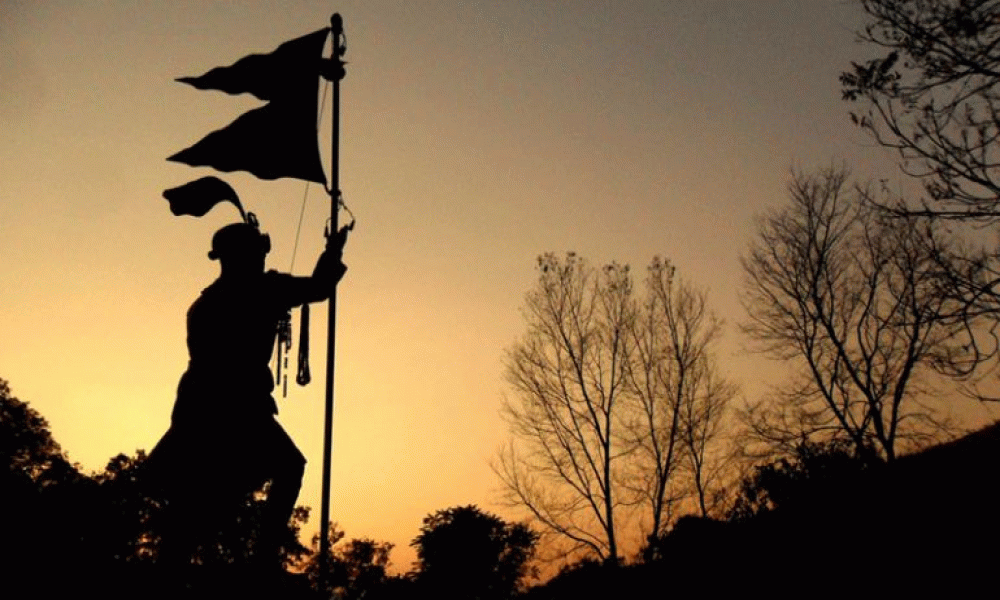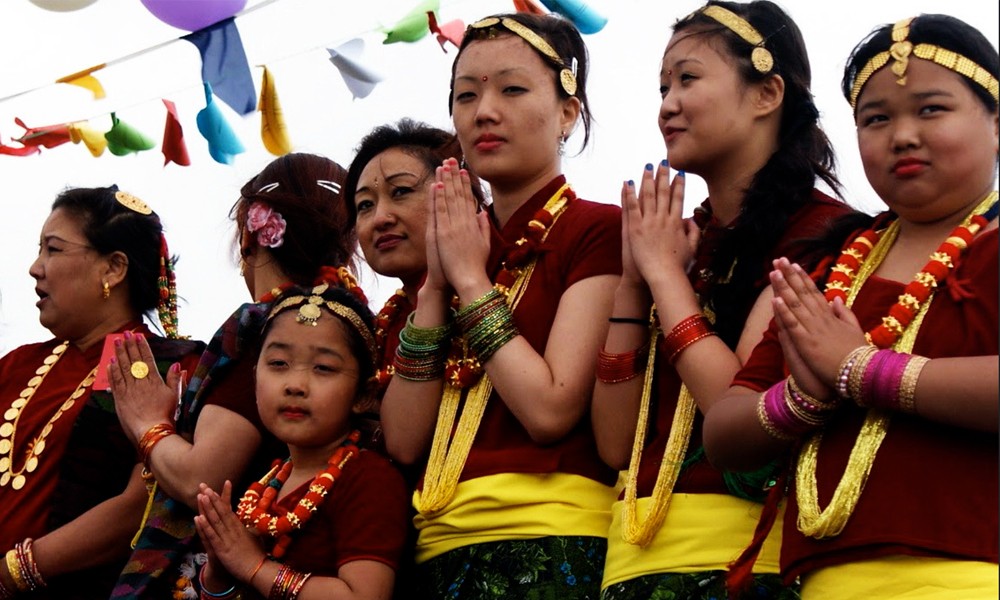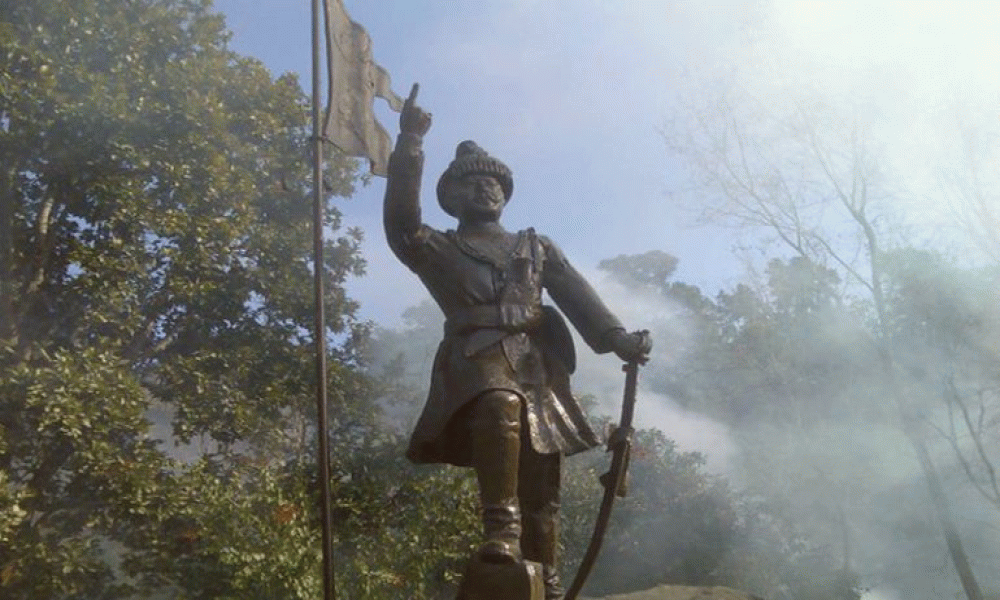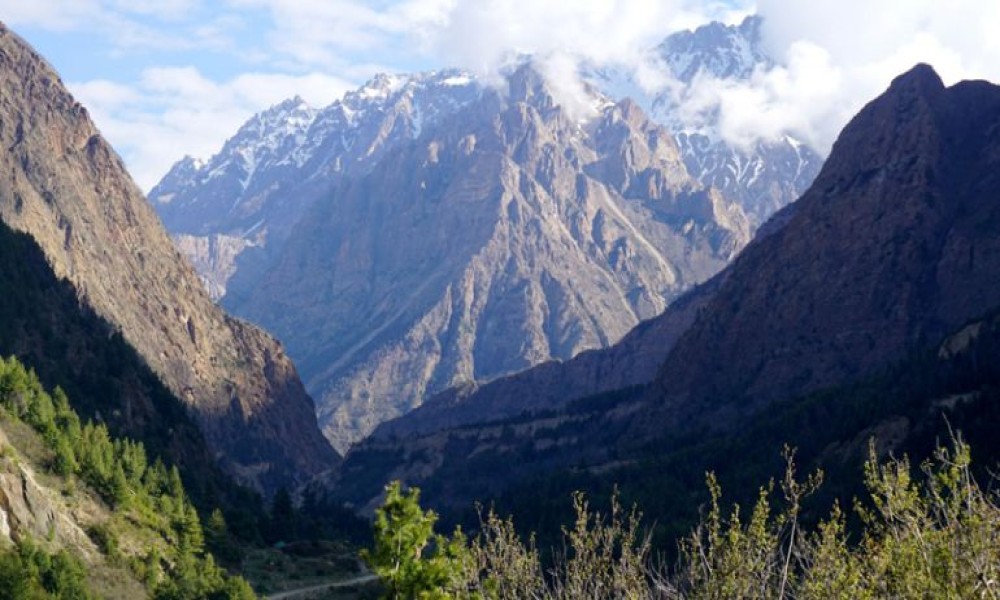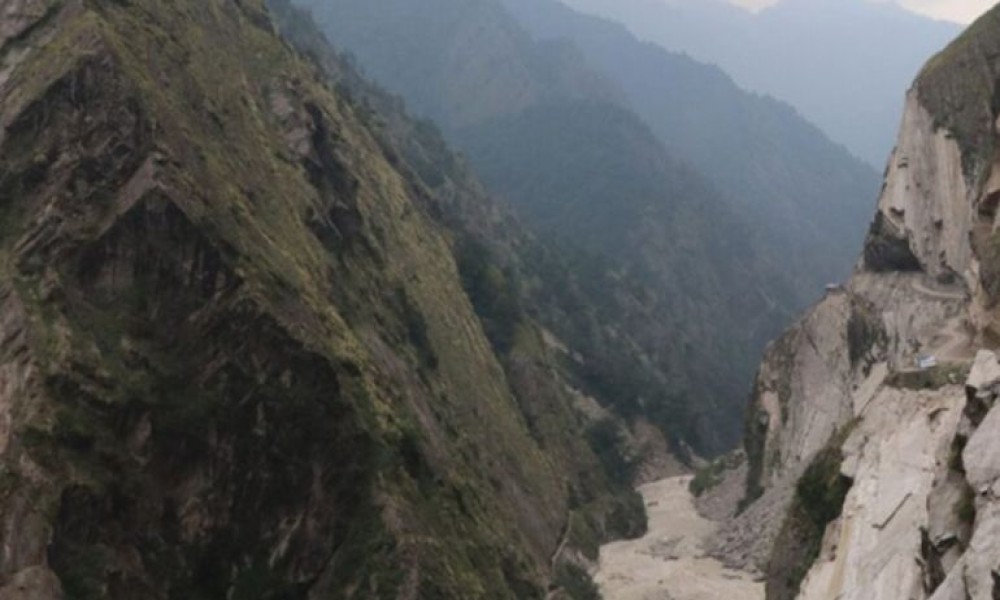The kingdom of Gorkha unsuccessfully tried to conquer the kingdom of Kirtipur twice. In the first attempt in 1757, Kalu Pandey, the commander of the Gorkhali army, was killed. And in the second attempt in 1764, the Gorkhali king Prithvi Narayan Shah's younger brother Sur Pratap Shah lost his eyes.
The Gorkhali army achieved success only in its third attempt. And when the army and people of Kirtipur were finally defeated, their noses and ears were cut off and buried under a huge rock on the way up to Nyatpol temple. It is believed that Shah ordered slashing of noses and tears of indigenous Newar people of Kirtipur for two reasons: to avenge his two previous defeats and avert a future mutiny in the newly-conquered state.
Shah unified all the conquered states with his own Gorkha kingdom and gave birth to the modern Nepal. But insult and injuries inflicted upon the natives of Kirtipur remained alive. Even today, when they walk up to the temple they stop by the rock under which their ancestors' noses and ears were buried. They look in the direction of Kathmandu where the Shahs live and spit with hatred.
The marginalized Janajatis and Madhesis believe that Shah's so-called unification was in fact a process of internal colonization. In his Divya Upadesh, he described Nepal as 'a garden of four castes and 36 sub-castes'. But he also said Nepal is 'a pure Hindustan' (the land of Hindus).
British Co. Kirkpatrick has written that he met some porters without noses and ears during his visit to Nepal in 1793. In his book 'The Gorkha Conquests', historian Kumar Pradhan refers to Hudson to state that the ears and noses of 865 Newar individuals were cut off on the order by Shah. Baburam Acharya, Nepal's most famous historian, claims that the ears and noses of only 15 Newars were slashed. Surya Bikram Gyawali, another historian, says 'only some Newars were punished'. Historians have differed on the number of Newar individuals punished by the Gorkhali army, but none of them has denied cruelty demonstrated by Shah during what is described by his followers as 'unification process of Nepal'.
In his book 'Imperial Gorkha', historian Mahesh Chandra Regmi argues that Shah was an imperialist and military onslaughts carried out by him against more than 50 principalities are a proof of it. The marginalized Janajatis and Madhesis believe that Shah's so-called unification was in fact a process of internal colonization. In his Divya Upadesh, he described Nepal as 'a garden of four castes and 36 sub-castes'. But he also said Nepal is 'a pure Hindustan' (the land of Hindus). He and his followers promoted only one religion, culture, language and identity. So Regmi believes it is a form of cultural imperialism.
History aside, discrimination and marginalization on the basis of identity continues in Nepal. The latest evidence is the new constitution, which has been drafted in the framework of the Muluki Ain of 1854 BS that legalized Hindu hierarchy and caste-based discrimination. The constitution defines Khas Arya as Chhetri, Bahun, Thakuri, Sanyasi and Dasnami in the constitution itself. It is the constitutional recognition of their identity. But the constitution does not define Janajatis and Madhesis.
History aside, discrimination and marginalization on the basis of identity continues in Nepal. The latest evidence is the new constitution, which has been drafted in the framework of the Muluki Ain of 1854 BS that legalized Hindu hierarchy and caste-based discrimination. The constitution defines Khas Arya as Chhetri, Bahun, Thakuri, Sanyasi and Dasnami in the constitution itself. It is the constitutional recognition of their identity. But the constitution does not define Janajatis and Madhesis.
We never wanted just another constitution. We wanted a constitution that recognizes identity of all castes and ethnic groups. It was in fact an important part of the nation building process. It was an opportunity to make Janajatis and Madhesis – who have always questioned Nepal's unification – feel that they are very much parts of the state. But they were excluded from the constitution making process.
Religion is a matter of personal belief. And the state in a heterogeneous country like Nepal should not shown inclination towards any particular religion. But the new constitution, despite declaring Nepal a secular state, is heavily inclined towards Hindu religion. It defines secularism as 'protection and promotion of ancient religious practices (Sanatan Dharma)'. In the dictionary of Nepal Academy, Sanatan Dharma has been defined as 'religion followed by the Aryas since ancient time' and 'Veda, Puran and idol worship of Hindu religion'.
Sanskrit language, cow and vermillion powder are signs of identity of the Khas-Arya community. But the new constitution again promotes just this identity and ignores identity of other communities. It carries legacy of Shah and his Divya Upadesh about 'pure Hindustan'. It perpetuates cultural imperialism initiated by Shah.



